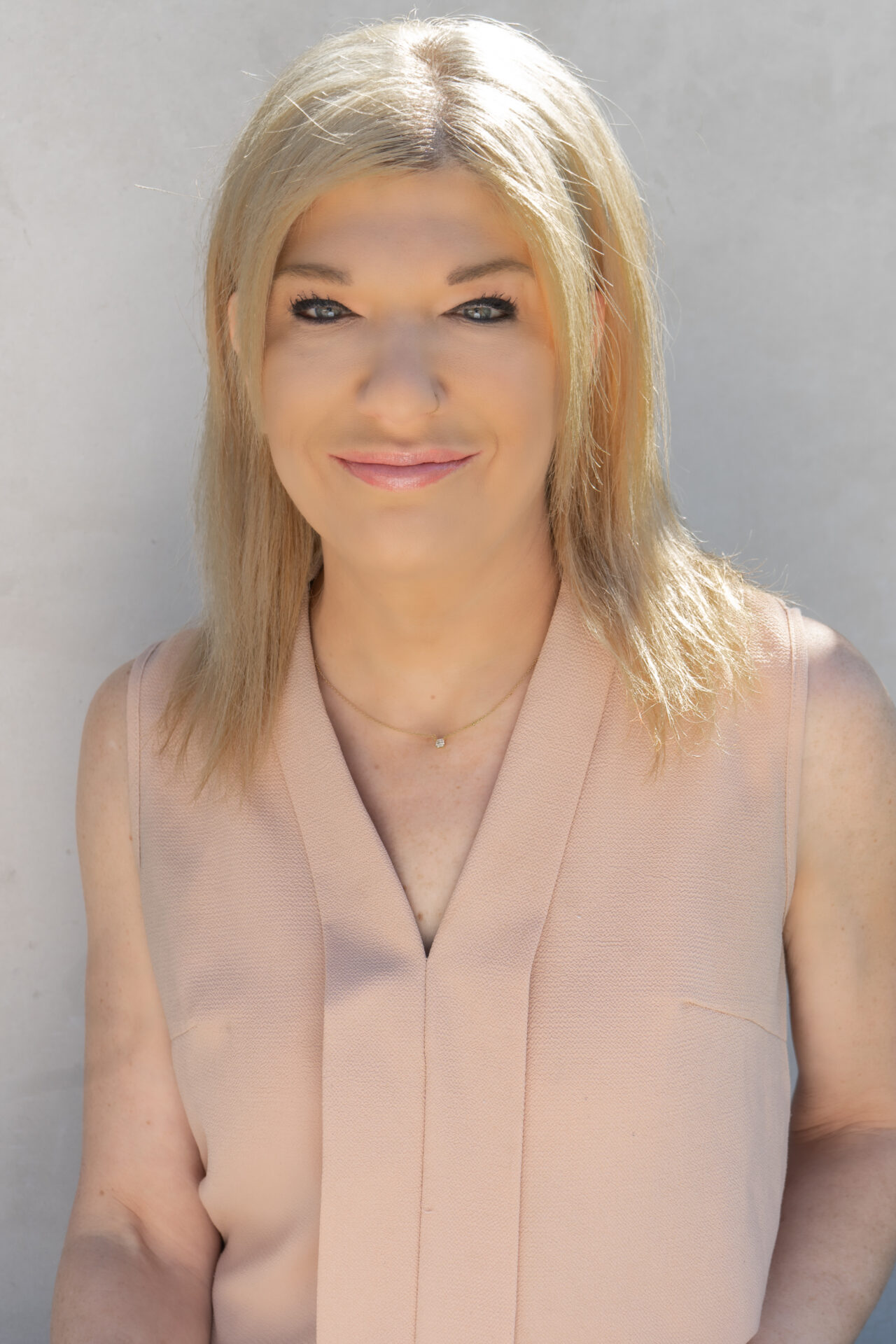What starts as a fun night out from time to time can turn into disaster. It’s the same story for any addict on drugs or alcohol; nobody starts off using substances intending to become addicted to them. You can stop whenever you want, right?
There’s something so euphoric about popping that Percocet in the morning with a cup of coffee. Sure, you’re taking them for your bad shoulder, so it’s not a big deal. But before you know if, you’re slamming a Percocet seven or eight times a day, and your prescription bottle is empty. That’s where things take a turn for the worse, as you seek black market dealers to get your frequent fix.
It’s the same deal with alcohol. What starts as hanging out with friends at the local watering hole after work becomes drinking at lunch and when you get home. Soon, you’re going through a bottle of hard tack every day, and you’re losing your relationships, highlighting the dangers of alcohol abuse. Your boss sees you drunk at work, and they fire you, leading you down a dark hole of depression.
Alcohol and drugs ruin the lives of millions of Americans every year. With synthetic opioids like Fentanyl rampaging through the drug scene, understanding fentanyl addiction is crucial as overdoses go through the roof, especially in sanctuary cities where there are no repercussions for using or dealing. Nearly 50 million Americans deal with addiction to drugs, alcohol, or both, and that figure isn’t dropping, it just continues to climb to the stratosphere, with no end in sight.
With US law being lax on drug manufacturers, there’s no real policy in place to curb the addiction epidemic sweeping the country. We all saw how the Sackler family, owner of the notorious “Purdue Pharma,” received just a slap on the wrist for starting the biggest drug epidemic the country has ever seen.
When it comes to handling addiction, it occurs at a personal level, and it’s up to you to end your addiction and start walking the path of sobriety, but it’s not easy. Let’s unpack everything you need to know about substance use disorder, alcohol abuse and its impact, and how you can recover from this deadly plight.
Understanding the Effects of Addiction on the Mind and Body
The first few times you pop a Xanax, it’s like the world decompresses and you feel the weight of your stress flee from your psyche. It’s an amazing drug, but there are severe consequences to misusing and abusing prescription medications of any type. It’s not the addiction that’s the problem, it’s the effect of the drugs and alcohol on your body and brain that are the real issue here.
So, what is addiction? What does the medical community have to say on the matter? Officially, alcoholism is defined as ““Alcohol Use Disorder” (AUD), and addiction to drugs is classified as “substance use disorder.”
The “Diagnostic and Statistical Manual of Mental Health Disorders, Fifth Edition (DSM-5),” which healthcare professionals rely on for diagnosis, defines substance use disorder as a fierce, overwhelming compulsion to acquire and use drugs or alcohol, even though the user understands that they’re endangering their life and risking their health with their behavior.
Doctors categorize AUD and substance use disorder as a mental health issue, and it’s easy to see why. The reality is addiction to substances or alcohol affects the brain and body.
It burns neural pathways into the brain that cause a psychological reliance on the substance, affecting our memory and judgment, and the reward centers in the brain responsible for releasing neurotransmitters like dopamine and serotonin.
Eventually, substance use disorder dampens motivation and disrupts the ability to learn and think clearly. Substance abuse also creates physical addiction. It beats down our physiology to such an extent that we experience nasty withdrawal symptoms, and that’s a situation not to be trifled with.
This could take you down a dark, twisted road where you constantly bounce between recovery and addiction, and you might not understand the effect it has on physical and mental health as you slowly deteriorate physically and mentally.
Around 25% to 50% of people with substance abuse problems will develop a chronic disorder and devastating addiction. Those aren’t good odds if you’re a recreational user.
Substance abuse and AUD are categorized as “chronic” diseases. Meaning there is no cure for the condition. These diseases change the brain’s structure and how it functions, leading to massive changes in the users behavior and personality.
These changes in brain chemistry and our physiology can extend after recovery, and the addict will spend the rest of their life in a battle against relapse. That means that while it’s possible to treat and control an addiction, the addict will never be truly “cured” of their disease.
Drug Addiction and Substance Abuse Disorder – Unpacking the Differences
Substance use disorder and drug addiction are frequently used interchangeably, but there’s subtle differences between the two. The medical community unpacks drug addiction as the persistence of a compelling urge to continue to use, even though it may result in self-harm.
Substance abuse disorder is a different deal. It’s a pattern of behavioral drug or alcohol use that can lead to overdose or death. People dealing with substance use disorder experience severe withdrawal when they try to wean themselves off their substance of choice.
Since substance abuse disorder is the more severe of the two definitions, it requires more intensive treatment during the recovery phase, with an ongoing aftercare program to prevent relapse.
The Connection Between Substance Abuse and Mental Illness
If you’re dealing with addiction and substance use disorder, chances are you have one or mental health issues plaguing you, which medical professionals call a “co-occurring disorder” or “dual diagnosis.”
According to the Substance Abuse and Mental Health Services Administration, around half the people with a substance abuse disorder also deal with mental illness. In 2017, a survey showed that more than 4% of adult Americans (around 8.5 million people) battled with a dual diagnosis. Since mental health and addiction have such a close connection, dual diagnosis is the preferred treatment strategy for people dealing with these issues.
There’s no medical evidence or studies showing that one of the disorders causes the other. In other words, substance abuse disorder may not influence mental illness, and vice versa. But maladaptive coping strategies may cause new or progressive mental health decline and disorders.
On the other hand, individuals with mental health disorders may turn to substance abuse as a way to self-medicate their disorder to feel somewhat “normal” in their life.
For example, a person may have chronic anxiety disorder, and their doctor prescribes them Xanax. However, after a while they build a tolerance to the drug and begin taking it with other depressants such as alcohol, furthering their addiction without realizing it. The only way to sustain a full recovery is to treat both sides of the problem, the mental and physical effects of the drug, or you won’t experience a lasting recovery.
Traditionally, the medical community treated substance abuse disorder and mental illness as discrete medical conditions. The interplay between the two disorders is so intense that the problems become intertwined to complicate recovery. With the progression of state-of-the-art therapy and treatment, both are now treated together to ensure the best patient outcome.
What Are the Common Types of Substance Abuse Disorders?
We can describe “substances” as drugs or alcohol, so it’s no surprise that many people use the term interchangeably to describe addiction to these compounds. The thing is, while alcohol comes in two basic categories, spirits and coolers or beers, there are many different categories of drugs, and each of them have a unique effect on the body and brain.
Alcohol Use Disorder (AUD)
AUD is more commonly known as “alcoholism” outside the medical community. Alcohol abuse is a huge societal problem that hits certain demographics harder than others. Whatever the nature of the problem, it’s a huge public health concern.
Nearly 30 million Americans have to live out their day as an alcoholic, and it’s a disease that slowly eats you alive, day after day, month after month, year after year. The alcoholic drinks every day, all day, and this behavior creates neural pathways in the brain that reward the user for this behavior, giving them the urge to continue drinking.
It’s rare to find addicts committing themselves to getting sober, like drug addicts, they feel a void in their life when they can’t have a drink. But like all addicts, there comes a time in life where they feel they need to get sober or face the possibility of horrific health consequences later in life. Many try to kick the addiction themselves, but that strategy never works.
The problem with that DIY approach to getting sober is that alcohol withdrawal symptoms can be dangerous to your health and may even kill you if you don’t detox properly. As a result, the person has the option to commit themselves to an inpatient recovery program or continue drinking and face the adverse physical and mental health problems waiting for them down the line.
Drug Abuse Disorders
Drug abuse is a different animal to AUD. Drugs come in different categories, from stimulants to depressants, and each of these substances has a unique effect on our physiology and psychology, with distinct prescription drug addiction signs, with fentanyl addiction risks posing severe consequences.
Here’s some of the more common drug addictions found in American communities.
Opioid and Opiate Addiction – Fentanyl and heroin are the most well-known opioids and opiates in this category. Fentanyl is so widespread across the country that it’s now the leading cause of death in men aged 18 to 44. The cartels saw an opportunity in the illicit drug market, and they started tainting the heroin supply with fentanyl to increase its potency. Unfortunately, it’s also led to a spike in overdoses across the United States, and an increase in the need for opioid addiction treatment centers across the country.
Stimulant Addiction – Cocaine, Adderall, meth, and MDMA are all examples of stimulant drugs. These substances create potent dopamine responses in the brain and body, resulting in quick addiction to your drug of choice.
Prescription Drug Addiction – Xannies, Percs, Oxys, there’s so many prescription pills available on the black market that it’s easy to get them from a local dealer. Prescription drugs are every bit as dangerous as street drugs and come with a host of side effects and adverse outcomes when abused. They create powerful addictions that are challenging to break. The production of counterfeit pills south of the border often taints these pills with fentanyl, leading to unexpected overdoses in users who cop their drugs from street sources.
Synthetic Drug Addiction – Research chemicals are becoming increasingly popular in the recreational drug scene. Drugs like 2CB are invading the party scene and often mislabeled as MDMA or LSD. These untested synthetics are highly potent, with unknown properties that can lead to severe addiction. Examples would be GHB and GBL.
Inhalant Addiction – Nitric Oxide addiction is becoming widespread in America, with companies like Galaxy Gas selling this drug legally. Unfortunately, the effect of chronic “laughing gas” use isn’t funny on your physical and mental health. It can lead to brain death and a severe decline in quality of life as addiction takes over.
Marijuana Addiction – By voting to pass H.R. 3617 in 2022, the House voted to decriminalize cannabis, effectively making the drug widely available for recreational use. While weed might seem innocuous to stronger prescription drugs and stimulants like cocaine, it can still cause addiction, and prolonged frequent use can lead to mental health problems like psychosis, anxiety, and paranoia.
What are Factors Contributing to Addiction and Substance Abuse?
It’s hard to pin down what causes addiction in people, because it’s different for everyone. Despite the disease having a similar effect and outcome, everyone has a unique physiological response to addiction and their substance of choice.
While medical science doesn’t have a complete understanding of the origins of addiction in people, there are several influencing factors that push people into substance abuse. We’ve already discussed how mental illness can play a role in establishing addictive behavior, so let’s look at a few other influencing factors.
Genetics rule our lives and play a big role in establishing our mental health and behavior. Having parents who are struggling with addiction means you, too, might wind up fighting the same demon in later life. Some studies suggest that genes can influence 40% to 60% of addictions.
Our experience and environment also play a massive role in developing addictive behavior, especially if you have a genetic predisposition to addiction. It’s hard to get sober when everyone you know is going to the bar after work for a drink or doing lines in the club.
Unfortunately, our natural instinct to be around others means that you’ll continue your addictive behavior because it gives you a sense of belonging. If you’re dealing with substance abuse or AUD, or both, you need to take yourself out of your current environment, away from the triggers that spur you to satisfy your addiction.
Is It Possible to Beat Addiction and Live a Sober Lifestyle?
Addiction affects the mind and body, and it drives your decision-making processes. When you’re wrestling with addiction, you can’t even imagine a scenario where you’re sober, and if you do, it’s a fleeting moment as you realize the terror of living without your chosen substance, whether that’s drugs or alcohol. But you need to seize that moment and act on it if you ever want to break free.
That might sound like a cliché, but we want you to know that you can beat addiction and realize your dream of living a clean and sober lifestyle for the rest of your days. Carrara Treatment Centers offer you a luxury rehab experience where you can remove yourself from your environment and recover from substance use disorder and alcoholism.
Recover at Carrara: Luxury Drug and Alcohol Detox
Whether you choose to recover at our Hollywood Hills and LA locations, or at our flagship Malibu Beach House, the Carrara team is ready to help you get on the path to sobriety. Our inpatient addiction treatment programs offer lasting results.
Escape to a comfortable, relaxing environment, away from the chaos your life has become. Carrara offers you professionally managed detox and recovery, in a low-stress environment where you can remove yourself from the emotional triggers driving your addiction.
Medically Tailored Detox Protocols
The symptoms of alcohol withdrawal can become life-threatening if not managed properly in a 24-hour care environment. It’s the same for many prescription drugs, and alcohol and benzodiazepine addiction treatment required structured approaches to weaning you off.
The Carrara medical team assesses you during your admission. Our highly trained medical specialists understand the risks of detoxing from alcohol and drugs, including the complexities of treating prescription drug addiction. They’ll tailor your recovery program to eliminate your chosen substances from your body, while limiting the severity and intensity of the symptoms you experience as you get sober.
Carrara doctors prescribe medication to help you through the worst of the withdrawal symptoms. Medication-assisted treatment (MAT) uses drugs like Methadone, Naltrexone, Acamprosate, Buprenorphine, and Disulfiram to eliminate your cravings and drastically reduce the withdrawal you experience in rehab.
Experienced Medical Specialists
The Carrara alcohol addiction treatment program gives you access to nursing staff around the clock while you’re withdrawing. You get immediate medical care when you need it, from trained professionals who understand the process of detoxing from drugs and alcohol.
Talented Therapists and Professional Counseling
Detox is just the first phase of your treatment at Carrara. Our counseling team offers individual and group therapy sessions to help you work through your emotions and trauma, giving you insight into the behavior and events in your life that caused you to slip into the grip of addiction.
Everything You Need to Recover Under One Roof
When you arrive at Carrara, you can think of it as your home away from home, with every luxury amenity you need to carry on with your life while you’re recovering from drugs and alcohol. From our luxurious private suites to our private chef and wellness experts, you have everything you need right here to launch a sustainable recovery program and stick to it.
Three Steps to Start Your Recovery from Substance Abuse and Addiction
Starting an addiction recovery and substance abuse treatment program at Carrara is as simple as picking up the phone and calling our team to have a chat. It’s time to give yourself a new beginning and take your life back. Here are the steps involved in getting yourself into our detox and recovery program.
Step #1: Call us, and we will discuss your addiction and the dilemma it’s bringing into your life. We’ll introduce you to more information about the detox and recovery program here at Carrara. Whether you need opioid addiction treatment, recovery from AUD, or any other substance use disorder, we’ll take you through a presentation of how our program works.
Step #2: You’ll get a call from your case manager once you’ve chatted with our admissions. This phase involves the discovery of the nature of your addiction, and we’ll map out a tailored recovery program complete with customized therapies to take you on the way to sobriety.
Step #3: Our Carrara addiction treatment facilities are set amidst the foothills of the Hollywood Hills, and along the shoreline of Malibu. Choose your facility and you’re ready to get on the road to recovery from AUD and substance use disorder. Don’t wait one more day; call us right now.
Britney Elyse has over 15 years experience in mental health and addiction treatment. Britney completed her undergraduate work at San Francisco State University and her M.A. in Clinical Psychology at Antioch University. Britney worked in the music industry for several years prior to discovering her calling as a therapist. Britney’s background in music management, gave her first hand experience working with musicians impacted by addiction. Britney specializes in treating trauma using Somatic Experiencing and evidence based practices. Britney’s work begins with forming a strong therapeutic alliance to gain trust and promote change. Britney has given many presentations on somatic therapy in the treatment setting to increase awareness and decrease the stigma of mental health issues. A few years ago, Britney moved into the role of Clinical Director and found her passion in supervising the clinical team. Britney’s unique approach to client care, allows us to access and heal, our most severe cases with compassion and love. Prior to join the Carrara team, Britney was the Clinical Director of a premier luxury treatment facility with 6 residential houses and an outpatient program




